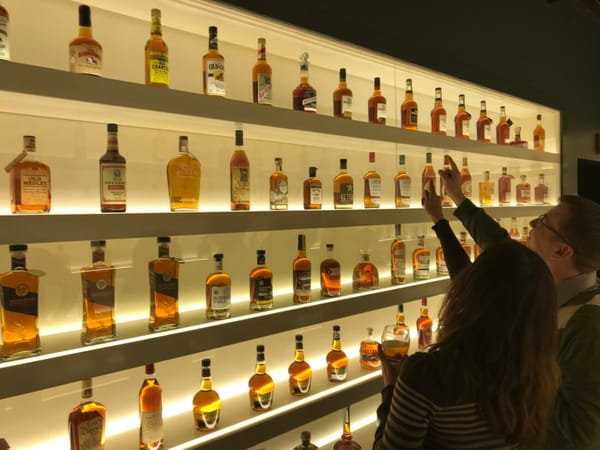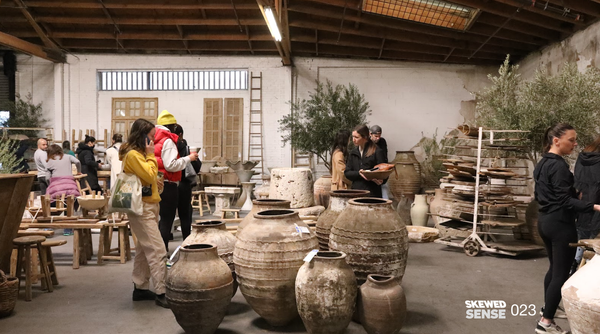017: The Return of the Mall
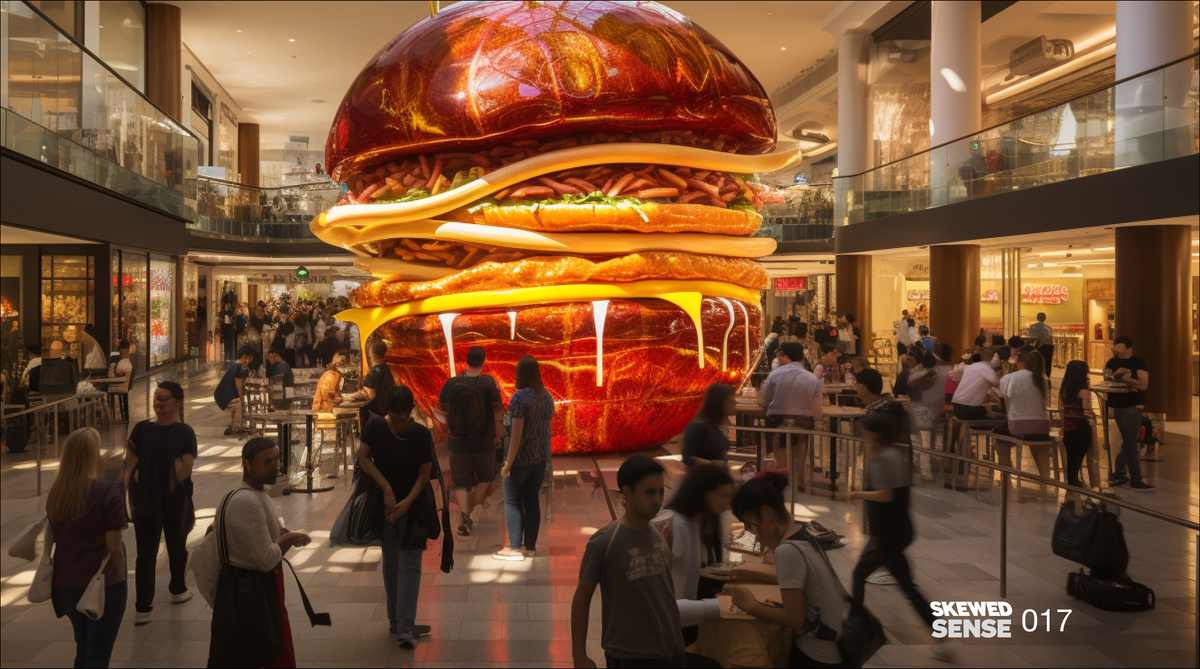
The mall is somewhere you either love or you hate. It provokes an instinctive reaction in most people. Some can't abide it. Some could spend every waking moment there. For most of us at SKEWED, we'd previously been on the hater side of that fence, and not without reason. Perhaps we've gone crazy, but we're starting to see the appeal. There's charm, and dare I say it... 'culture' to the mall. The mall is like that other much-maligned concept: fast food. In edition 017 of SKEWED Sense we explore this analogy a little.
The Reports of My Death are Greatly Exaggerated

We weren't supposed to be here. The death knell for the mall has sounded many times.
The mall is generally believed to be in decline, a symbol of American mass-market capitalism, unable to keep pace with evolving consumer preferences. And the reasons for their supposed decline are manifold.
1. The products on offer lack uniqueness.
2. They spur on mass consumption.
3. The rise of e-commerce.
4. They are bland and homogenous environment.
5. Their conventional anchors of malls, namely department stores, currently face challenges.
6. They suck the life out of our urban centres.
7. There's a decrease in car ownership amongst younger people, and malls are generally out of town.
That's just a few off the top of our heads. We could go on.
Malls Are Like Fast Food
The mall's weaknesses are also its superpowers.
In his polemic against the mall, 'Junkspace', the architect Rem Koolhaas makes the argument that malls (and some other spaces) are the 'junk food' of architecture. He was deriding malls, for reasons mostly to do with the spatial organisation of cities. We can see his point, but we also see the positive side to the junk food analogy.
The mall IS fast food.
You know what you're getting.
It's a homogenised experience, offering comfort through its familiarity. Varying only slightly each time you visit. You'll encounter familiar names wherever you go. In the UK, it goes a little like this. Nike, JD Sports, Primark, John Lewis. And repeat.
It embodies advanced capitalism, making no pretence about it. The mall thrives on impulse buying; you don't need to overthink it.
It's full of 'third spaces,' where you can linger for hours. You could sip on a cola with friends at the food court. Or browse the racks at Primark, picking up only a £2 top. You can get completely lost, but in utter safety.
For these reasons, the mall holds a special place in our collective consciousness as a place of comfort. We've all seen movies where the mall serves as a special gathering spot for friends and gossip. Accessible. Unpretentious. Value for money.
Sometimes you just want a burger.
(Please don't yuck my yum)
Reasons Why This Works Right Now
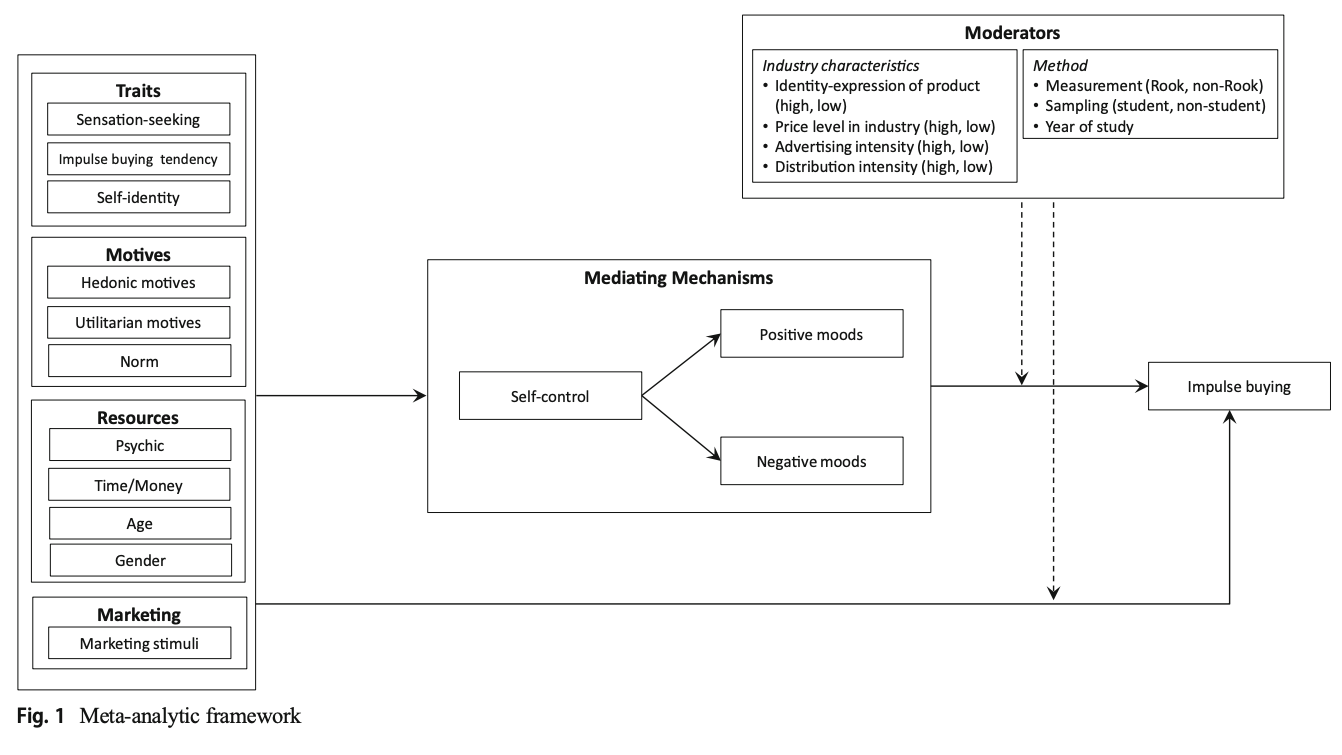
The mall is the home of the impulse buy.
People are bored of overanalysing every buying decision.
People want to 'channel hop' as they're shopping.
Being able to browse different stores in quick succession.
You can run into people at the mall.
(CC Taylor Swift). To give a London comparison - you generally don't run into people at Oxford Street
Consumers need more mid-tier options right now.
You're generally well served by mid-tier brands at malls. This article on Vogue Business articulates this perfectly.
The mall is true to itself ('authentic').
It makes no bones about being a place for shopping. You get to shop for fun and not see some weird experiential concept that no one asked for.
Recommended Reading: Meet Me By The Fountain
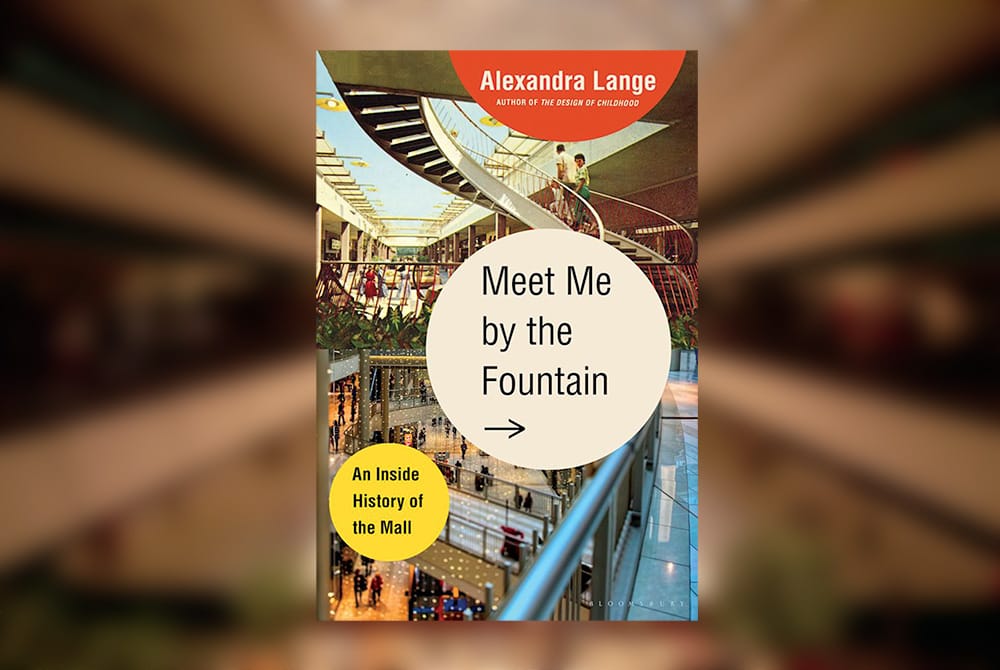
If you're interested in getting to know this topic better, this cultural history by Alexandra Lange is a great starting point. She makes a great case for malls. Showing that they're much more than a gathering of shops.
Find it here @ Bloomsbury.

